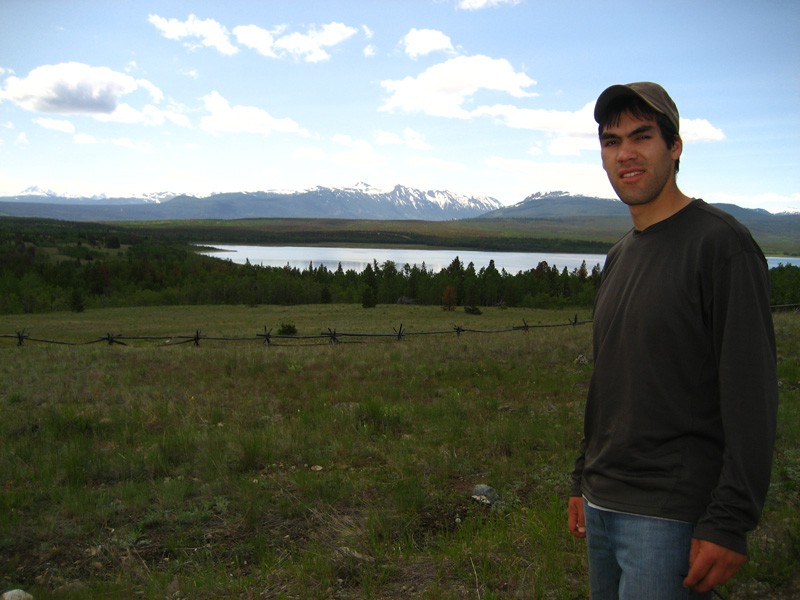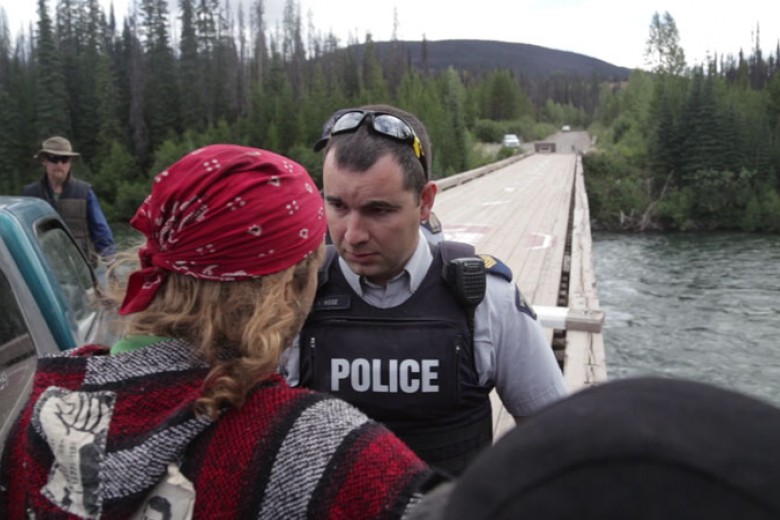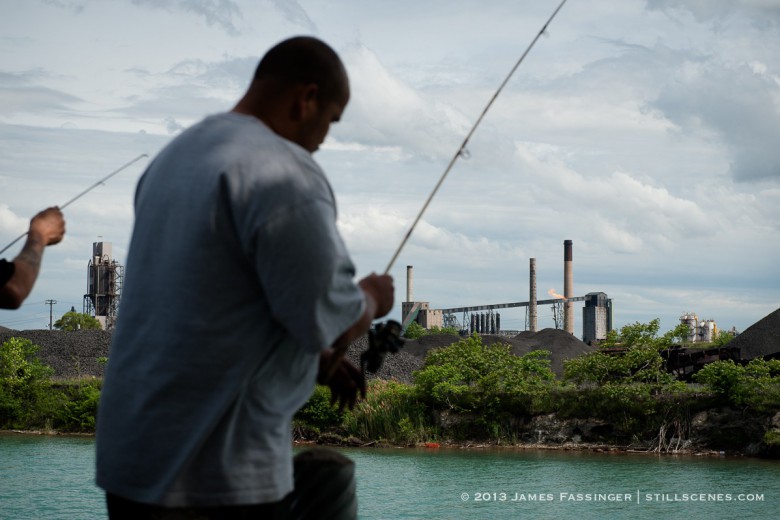
Last November, hundreds of people gathered in the community of Tlet’inqox to thank the land defenders and praise the federal government’s decision to turn down Taseko Mines’ Prosperity project, a proposed gold and copper mine on Tsilhqot’in territory in northern B.C. The scope of the proposed project — for which Taseko Mines will soon submit a revised proposal — involves transforming Teztan Biny, a lake containing roughly 80,000 trout, into an open-pit mine. The project further proposes the establishment of an artificial lake for the toxic tailings in the Nabas valley, which is located in close proximity to Dasiqox Biny, a large lake that contains the region’s mountain run-off and flows into a fish-bearing river.
As the event began, a microphone was passed to everyone in attendance, and a series of testimonies were concluded with a clear sentiment in the minds of those assembled: We succeeded in protecting Teztan Biny because our nation was unified.
For the Tsilhqot’in, the November celebration marked a short reprieve from a three-year struggle. It was shared with an understanding that the Tsilhqot’in — people of the river — still stand upon contested land. We will inevitably be at it again, defending another place in a region that has never been legitimately ceded to British Columbia or the Canadian state.
The struggle to protect Teztan Biny has made the nation much more cautious in trusting companies such as Taseko Mines, particularly after seeing Taseko publicly reject the findings in the federal environmental assessment report, which expressed the potentially illegal infringement of Tsilhqot’in land.
In response to environmental concerns, the mining industry sought the support of political authorities, and were far from disappointed. While Taseko Mines tried to sway the Tsilhqot’in with money, the provincial and local authorities carried out a public relations offensive to pressure the Tsilhqot’in into compliance. It quickly became evident that Taseko Mines was a significant financial contributor to the B.C. Liberal party, and the governing party’s loyalties were favourably entrusted in building support for Prosperity Mine. Premier Gordon Campbell endorsed the project, and Randy Hawes, Minister of State for Mining, argued: “I get that [Teztan Biny] is important to you, but put your kids first.” Hawes blamed the Tsilhqot’in for the conditions of poverty and “hopelessness” in their community, which he said could only be relieved if they accepted the mine. He later reiterated an idle threat manufactured by a couple of local politicians: “As the mayor of Williams Lake said, if this mine doesn’t go, there are going to be some very severe racial problems because a lot of the people who are counting on this mine and are looking at it for hope are going to blame the Aboriginal community.”
Indeed, politicians in Williams Lake were also clearly in support of the project, which meant that the Tsilhqot’in had to turn away from the provincial and municipal governments and consolidate ties with people, organizations and communities that could be unified in collectively promoting respect for Indigenous people’s land and waterways that sustain all life. The Tsilhqot’in galvanized a broad network of Indigenous nations, especially those formerly or currently affected by resource-extraction activities, and also environmental, legal and citizenry-based organizations. The Tsilhqot’in turned to people and groups who held a common trust, a relational connection that was not tied to monetary salvation.
Together we carried the weight and responsibility of defending the land. Of the lessons learned, foremost among them was the importance of maintaining momentum and a collective feeling of solidarity. In actualizing this sense of belonging, gatherings were established at and near Teztan Biny; hundreds participated in the Run for Sacred Water relay, events were created to fundraise and to showcase the legacy of mining for Indigenous peoples elsewhere, people petitioned and protested, and hundreds voiced concerns during the federal panel hearings. Building momentum is difficult, particularly given the sense of despair that sets in when the powerful appear bigger than us. Nevertheless, the people who shared in the struggle to protect Teztan Biny were engaging in a relational model of politics that conceptualized ideas of wealth and memories of place much differently than Empire.
This relational model, based on reconnecting land and people, was demonstrated by one of the first actions of defiance, which was to prevent Taseko representatives and the provincial environmental official from holding a public meeting on Tsilhqot’in territory so long as certain demands were not met. The community hall was blocked by a group of leaders who wielded drums and sang until the crowd left. Our weapons, which we chose carefully, were our voices and our drums’ beat. It became the theme of every event — sharing songs of the struggle, remembering the songs of our relations and thus carrying our responsibility to protect the fish and water. In those spaces where the drum travelled, I learned, as I was learning the songs, that we were unified in redefining our roles, identity and culture within this struggle.






